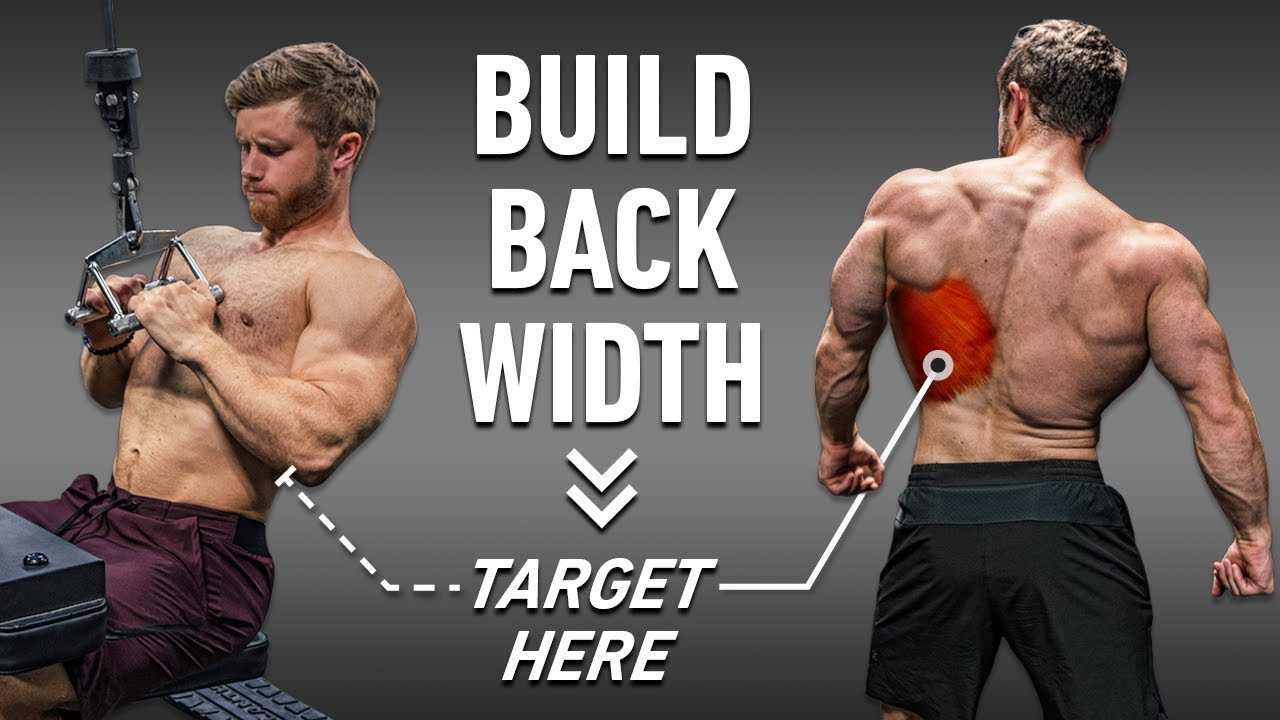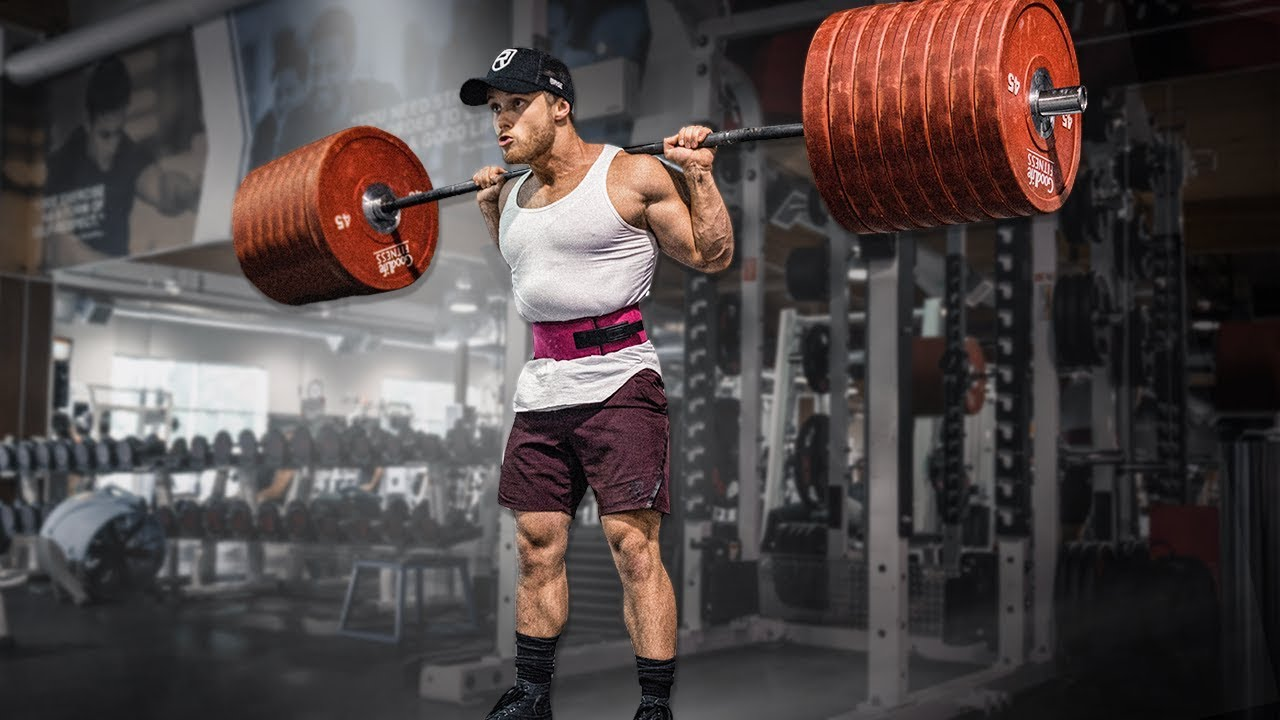Perfecting the Lat Pulldown: A Complete Guide to Form, Function, and Back Gains
Lat pulldowns are often considered a beginner-friendly back exercise, but the truth is, they’re an essential tool for all training levels—when done right. While many lifters eventually gravitate toward pull-ups, the lat pulldown remains one of the most versatile and effective vertical pulling movements for back development, especially for emphasizing the mind-muscle connection with the lats.
Whether you’re training for width, improving your pull-up strength, or simply dialing in your back training technique, this guide will walk you through how to perform the lat pulldown with optimal form, avoiding common mistakes, and maximizing its benefits.
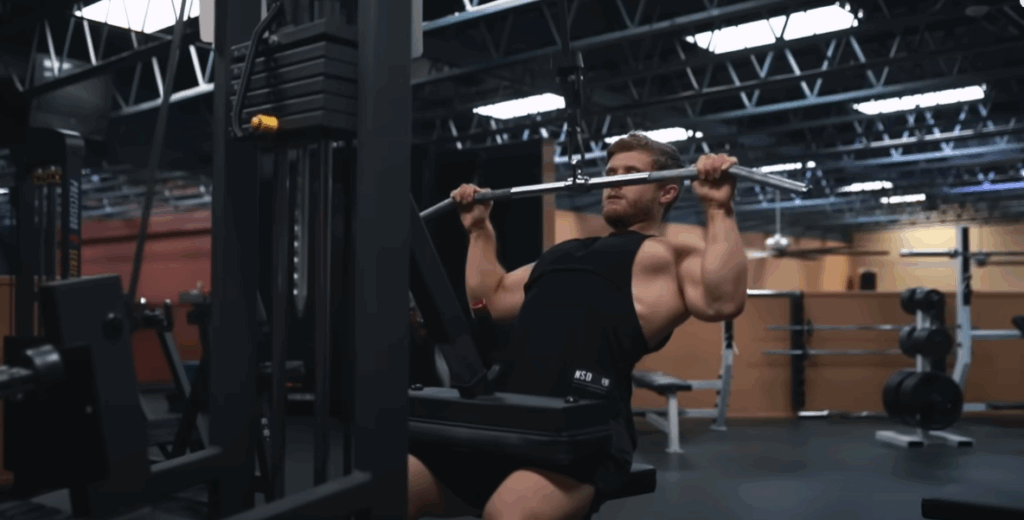
Pull-Ups vs. Pulldowns: When and Why to Choose Each
There’s a tendency in the fitness community to crown pull-ups as superior to pulldowns. And while pull-ups are undeniably a fantastic bodyweight strength builder, the lat pulldown offers its own unique advantages.
Think of the pull-up as a strength-dominant, compound movement best suited for progressive overload in lower rep ranges (typically 5–10 reps). In contrast, the pulldown shines as a precision tool for targeting the lats, especially in the moderate rep zone (8–12 reps), where lifters can prioritize control, contraction, and form.
For those not yet able to complete full bodyweight pull-ups, assisted pull-up machines or resistance band variations offer more direct carryover than pulldowns. However, pulldowns still help build foundational lat strength and are excellent for improving muscle awareness—essential for progressing in vertical pulls.
Understanding the Mechanics: What Muscles Are Worked?
The standard overhand lat pulldown primarily involves three biomechanical actions:
- Shoulder Adduction: The primary movement, bringing the arms from overhead down to the sides, mainly handled by the latissimus dorsi and teres major.
- Shoulder Extension: A secondary motion, especially when the bar is pulled in front of the torso. This action also recruits the long head of the triceps.
- Elbow Flexion: Biceps and brachialis assist by bending the elbow to complete the movement.
You can lift a decent amount of weight on the pulldown, but as resistance increases, there’s a tendency to cheat by swinging the torso or using momentum. This diminishes lat involvement and turns the movement into a partial row. For best results, focus on moderate loads with controlled reps in the 8–12 rep range.
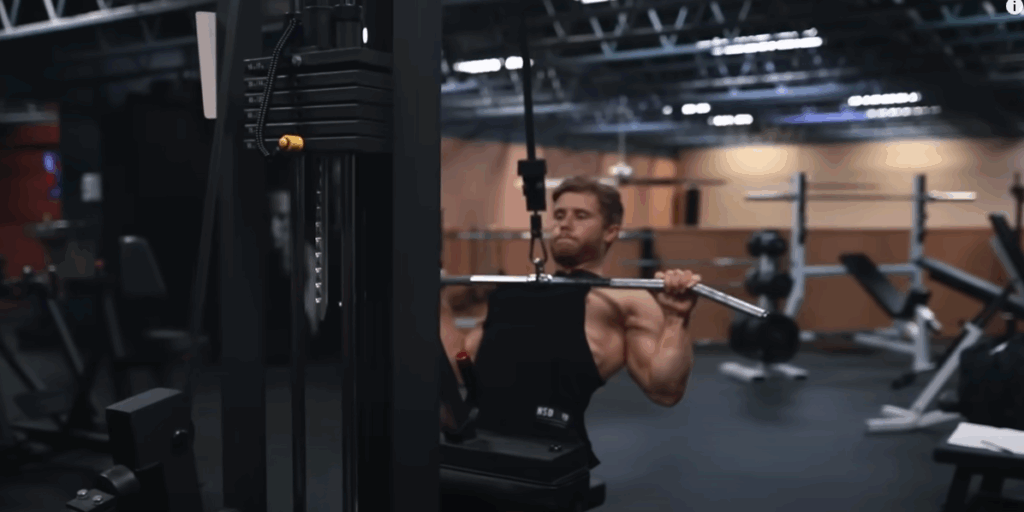
How to Perform the Lat Pulldown with Ideal Technique
Here’s a step-by-step breakdown of the most effective form cues for a standard overhand pulldown to the upper chest:
- Seat Setup: Adjust the knee pad so your thighs are locked in without needing to lift your heels off the floor. If you’re too short to achieve this, place weight plates under your feet for better leverage.
- Grip Width and Style: Start with a grip about 1.5 times your shoulder width. Many lifters prefer a thumbless (false) grip to enhance lat engagement. Unlike the bench press, a thumbless grip here is safe and often more comfortable.
- Posture and Chest Position: Before initiating the movement, lift your chest and extend your upper back slightly to create a solid base. This thoracic extension allows for greater lat activation and a more stable pulling position.
- Pulling Mechanics: Start the pull by depressing your shoulder blades (imagine pulling them down into your back pockets), then bend your elbows and drive them down and slightly inward at about a 10–15° angle—not straight in front of you.
- Bar Path and Range of Motion: Aim to bring the bar to your upper chest, around the top of the sternum. At the bottom, there should be a light touch—not a slam—and your lats should be fully contracted.
- Controlled Eccentric: Don’t just let the weight return. Actively resist the upward motion and feel your lats stretch. Once your elbows are nearly fully extended, reset your posture and repeat.
How Much Lean Back Is Too Much?
There’s no one-size-fits-all angle for torso lean. Some coaches argue for a strict vertical posture, while others suggest leaning back to move heavier loads. The sweet spot lies somewhere in between.
A slight backward lean that still allows the cable to travel in a mostly straight line is generally ideal. This position supports a natural pull while keeping the emphasis on the lats. Just avoid turning the movement into a row by leaning back excessively.
Smart Cheating for Eccentric Overload
In advanced training phases, you can use a slight momentum boost during the concentric phase (pulling down) as long as you maintain control on the eccentric (negative) portion of the rep. This technique, known as eccentric overload, can enhance hypertrophy—provided it’s used sparingly and deliberately.
Avoid turning the lat pulldown into a jerky, uncontrolled mess. The goal is to assist the pull, not remove the muscle from the equation. If the negative is rushed or passive, you’re just wasting energy and risking injury.
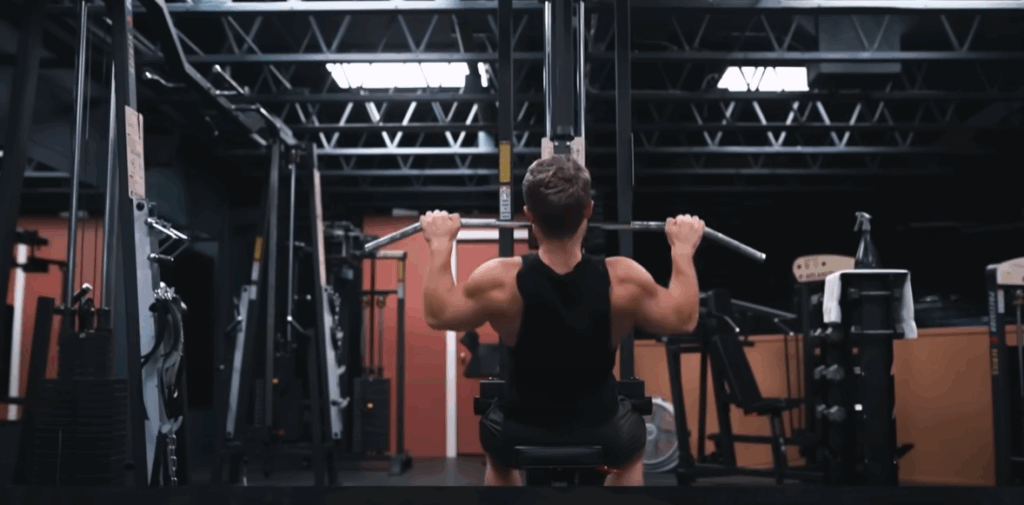
Grip Variations and Their Effects
Different grip styles can shift muscle emphasis and allow for variety in your back training. Here are a few worth considering:
- Neutral (Parallel) Grip: Places more emphasis on shoulder extension and is often felt more directly in the lats. A great variation for those with shoulder discomfort.
- Underhand (Supinated) Grip: Increases biceps involvement and allows a closer grip. However, it’s more prone to wrist strain, so keep your grip about shoulder-width apart.
No matter the grip, the fundamental pulling motion should still emphasize elbow drive and scapular control—not just curling the weight with your arms.
Avoiding Common Mistakes
To get the most out of your pulldown, avoid these frequent form errors:
- Using Too Much Momentum: Unless you’re intentionally training eccentric overload, keep your body still and focus on lat contraction—not swinging your torso to move more weight.
- Poor Scapular Control: Failing to depress your shoulder blades at the start reduces lat activation and shifts stress to the traps.
- Excessive Elbow Drift: If your elbows drift too far forward (over 30° from your sides), you’re likely turning the movement into a shoulder extension pattern, reducing the emphasis on shoulder adduction where the lats are strongest.
- Over-relying on Arms: Whether overhand or underhand, the pulldown is a back exercise. Think of your arms as hooks and drive the movement from your elbows and shoulder blades.
When Pulldowns Aren’t an Option
If you don’t have access to a lat pulldown machine, cable lat pull-ins offer a solid alternative. These are great for warm-ups or pre-activation work. And of course, nothing beats pull-ups for overall back development. Pair vertical pulling with some form of horizontal row for a well-rounded back program.
Final Thoughts
Lat pulldowns, when done correctly, are more than just a machine-based movement — they’re a powerful tool for building a wide, muscular back. Prioritize form, experiment with grip variations, and approach each rep with focus and control. Whether you’re using them as a primary vertical pull or a secondary lat isolation exercise, the pulldown deserves your full attention.
For those looking to take their back training to the next level, consider following a structured hypertrophy program that incorporates both vertical and horizontal pulling variations, performed with sound technique and progressive overload.
Start treating the pulldown as more than a weight stack machine — and you’ll start seeing real results in your back development.


